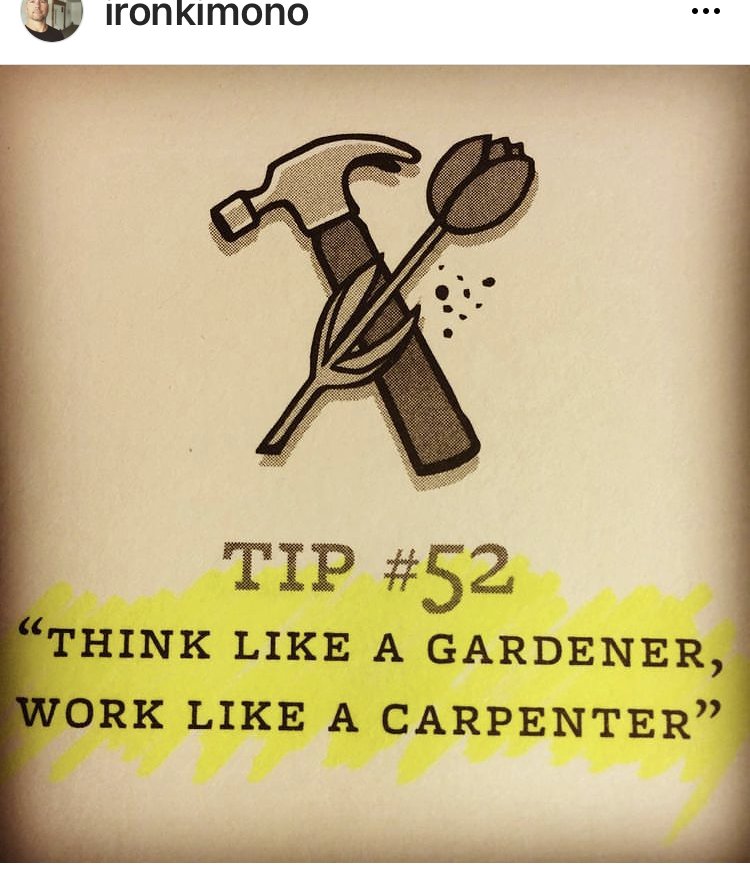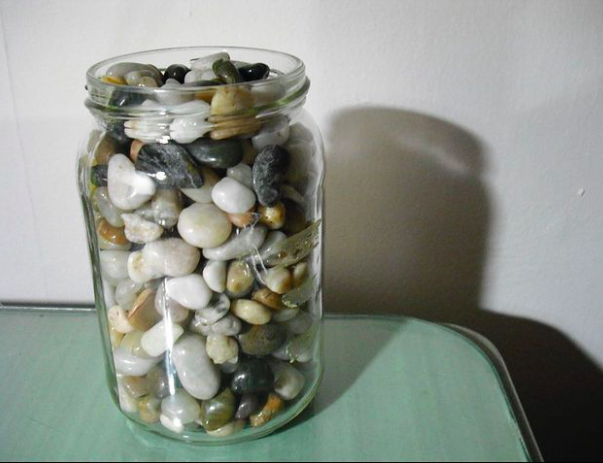Jiu-Jitsu is a soft skill, a soft art.
The Japanese term Jiu-Jitsu can actually be translated as soft-skill, although we often translate it as Gentle Art or Soft Art.
In human movement studies and motor development, skills are broken down in many ways. Two big broad categories or classifications are soft skills and hard skills. These are also known as open vs closed skills. It all depends on where you went to school or the textbook you used.
A closed (hard) skill is a skill where repeatable precision is needed. Hard skills are usually free from outside distractions as well.
A classic hard-skill in the sporting world would be a foul shot in basketball. There are no other players reaching for the ball, no dodging or cutting involved. Just one target and one player. All other shots on the court would be soft skills or open skills because they are completely dependent of reading, reacting and recognizing the complete situation on the court as well as the other players from both teams.
Soft skills are flexible, soft skills are all about sensitivity, feeling and physical improv.
So they question arises?
How do we develop soft skills? The answer is play. Play more Jiu-Jitsu. Play with more players. Play with players of all different shapes, sizes and skill sets. Play with variations and positions. Explore and experiment with different paths , approaches and combinations.
When working on the soft-skill of Jiu-Jitsu focus on creating a high number of varied repetitions. Don’t worry so much about making mistakes, the most important thing is to keep it playful and explore. Jiu-Jitsu is fun to practice because it is a soft-skill. But…because it is so fun to practice, it’s important for you to self-coach and observe yourself. After each practice simply ask yourself what worked? What didn’t ? What got you smashed? And why?








